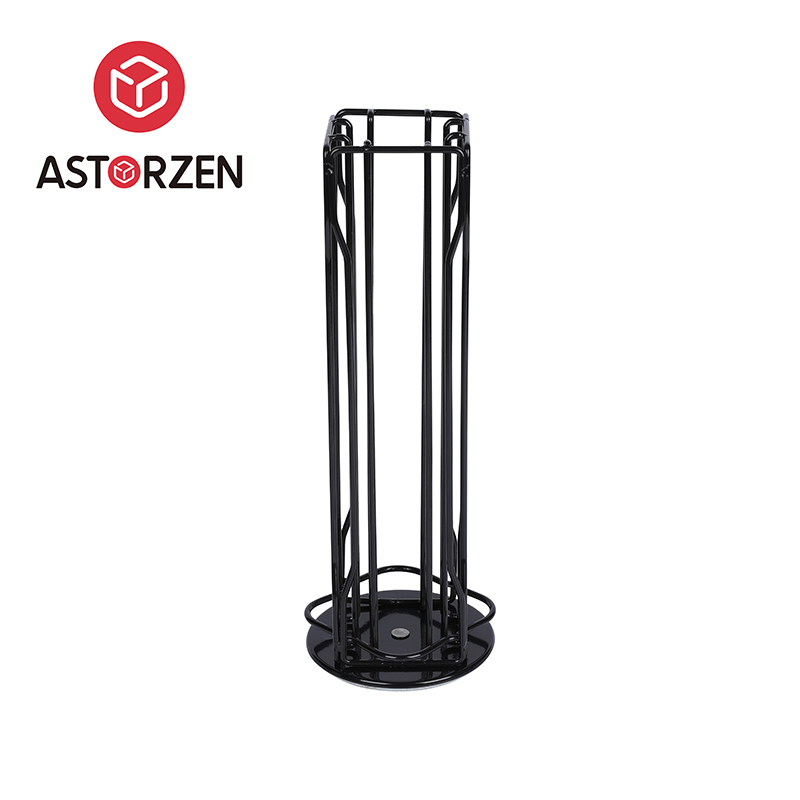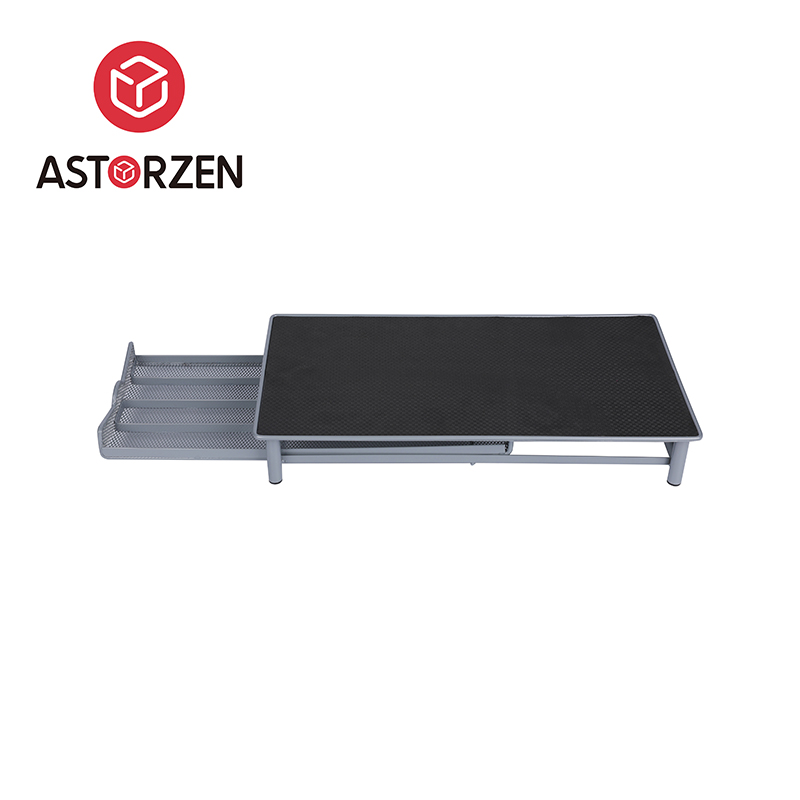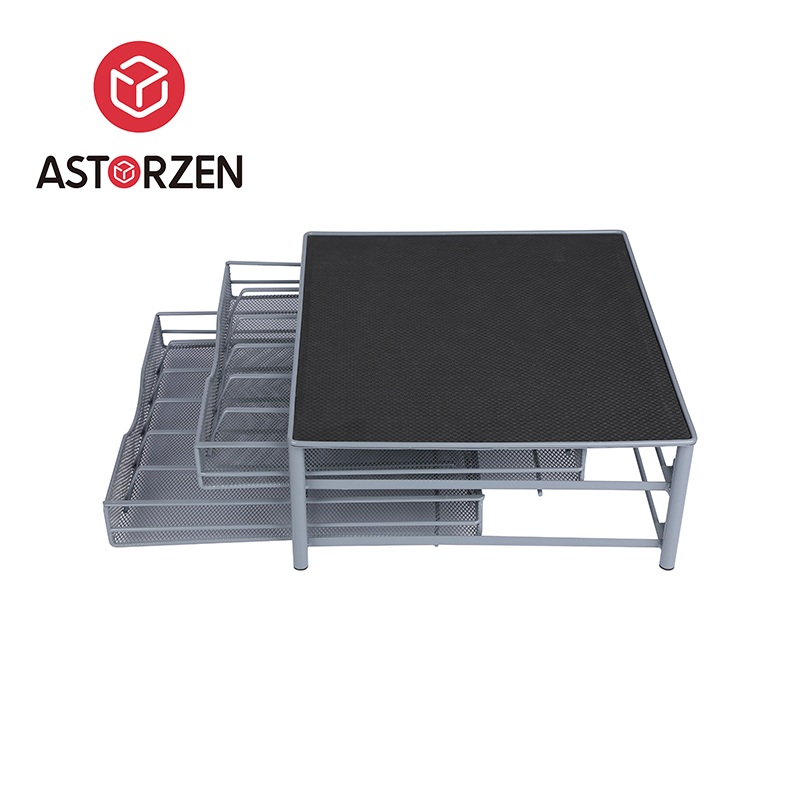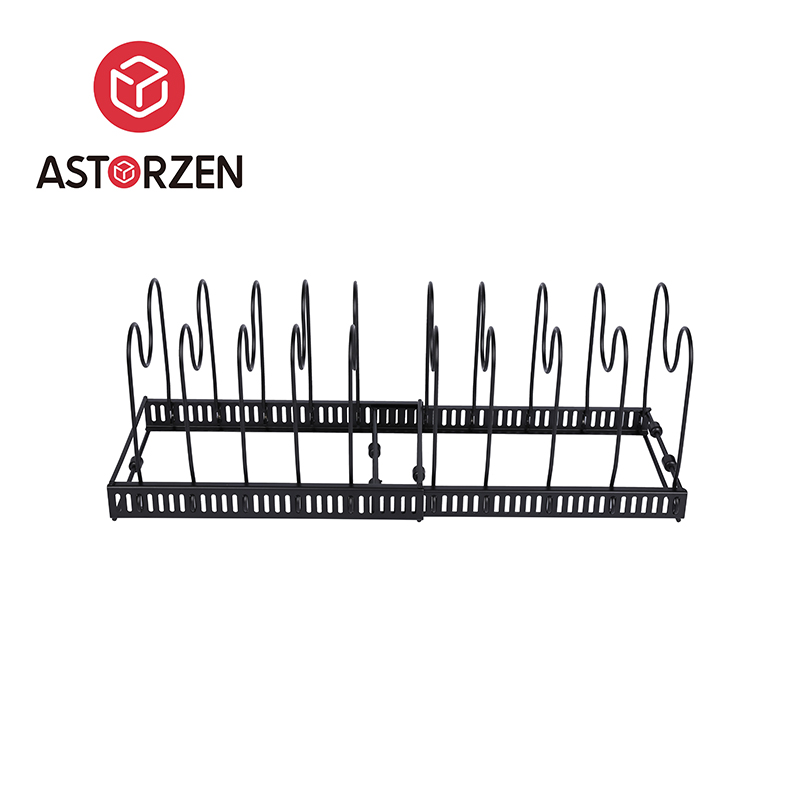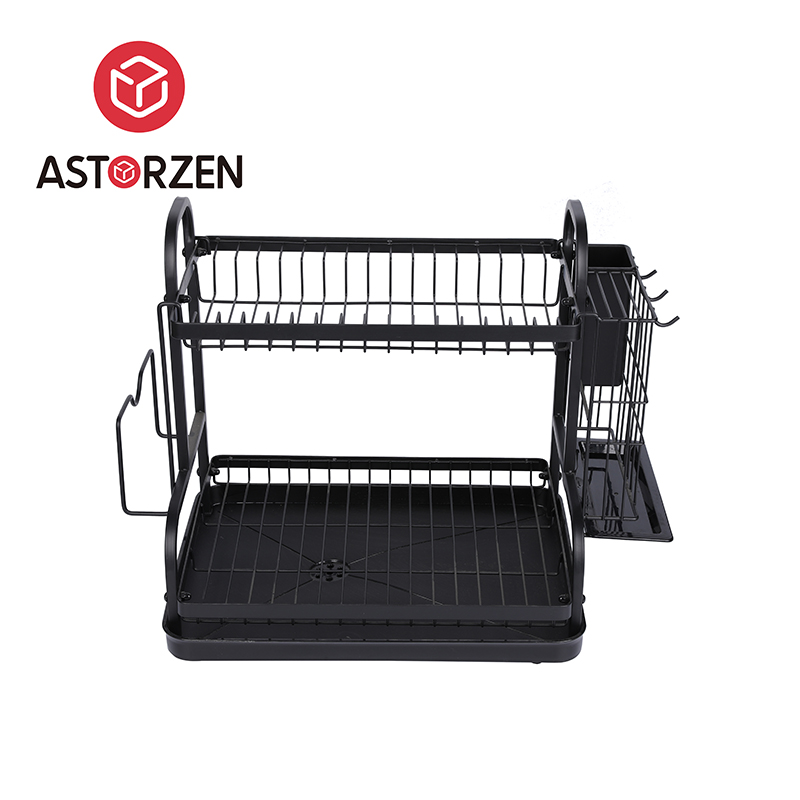An expandable dish drying rack offers a flexible and space-efficient solution for managing kitchen cleanup. Designed to adjust in size, these racks cater to a range of needs—from small apartment sinks to larger family kitchens—providing a practical alternative to fixed-size racks that may either underperform or occupy too much space.
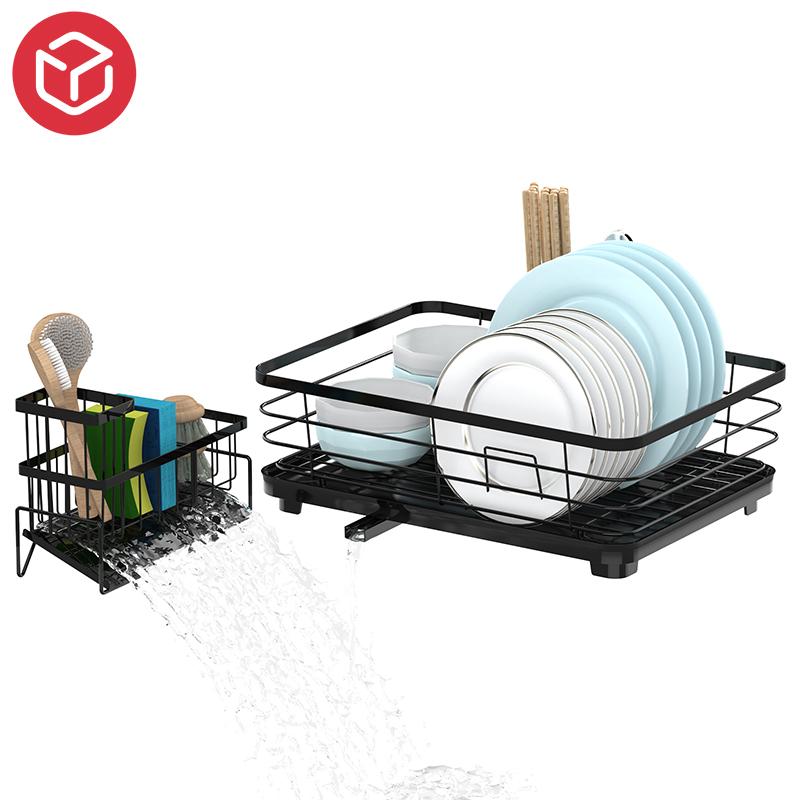
The key advantage lies in its adaptability. Many expandable racks feature sliding or folding components that allow users to increase or reduce drying space based on the volume of dishes. On days with fewer items, it stays compact, preserving valuable counter space. For larger loads, it extends to accommodate plates, bowls, cutlery, and even pots or pans.
These racks are typically made from stainless steel or high-grade plastic with non-slip feet and drainage systems that direct water away from clean dishes. Some models include built-in compartments for utensils or cup holders, enhancing their overall efficiency.
Installation is usually simple—many models are ready to use straight out of the box, requiring no tools. Maintenance involves regular rinsing or wiping to prevent water stains or soap buildup.
In daily use, an expandable dish drying rack proves to be a smart addition to kitchens of all sizes. Whether drying a quick breakfast set or a full dinner load, it offers practical convenience, adapting seamlessly to the rhythm of any household.
Kitchen organization containers play a central role in maintaining a tidy, efficient, and functional cooking space. Designed to store dry goods, perishables, or miscellaneous utensils, these containers help reduce clutter while improving food preservation and accessibility.
One of the main benefits of using kitchen organization containers is the ability to group items by type—such as cereals, baking ingredients, snacks, or spices—which simplifies meal preparation and inventory checks. Transparent containers offer easy visibility of contents, while labeled opaque options provide a clean, minimalist appearance.
Containers come in a variety of materials including BPA-free plastic, glass, stainless steel, and ceramic. Each material has its advantages. For example, airtight plastic containers are lightweight and ideal for bulk storage, while glass options are suitable for heat-sensitive items and allow for microwave use. Stainless steel offers durability and a modern look, especially for countertop storage.
Stackability is a key feature that maximizes cabinet or fridge space. Containers with uniform sizes and nesting lids contribute to a modular, space-saving system. Many also come with features like measuring marks, pour spouts, or locking mechanisms to further enhance usability.
By using the right mix of containers, households can streamline storage, maintain order, and support a more efficient cooking process.
As sustainability becomes increasingly important in household management, the recycling of metal pantry shelves presents a responsible way to repurpose aging or unused kitchen fixtures. Metal shelves—commonly made of stainless steel, aluminum, or coated iron—can be fully recycled when they reach the end of their practical use.
Before recycling, it's advisable to assess the condition of the shelves. Units that remain structurally sound may be repurposed within the home, used in garages or utility rooms, or even donated to local organizations. Reuse is often the energy-efficient choice.
If recycling is the better option, the step is disassembly. Removing any plastic parts, rubber feet, or screws made of other materials ensures that the metal components can be processed without contamination. Some municipal recycling programs accept metal furniture curbside, but more commonly, the materials should be delivered to a local recycling center or scrap metal facility.
Recycling metal pantry shelves helps reduce demand for virgin materials and lowers the environmental footprint associated with metal production. Unlike plastics, metals can be recycled repeatedly without degradation in quality, making them particularly valuable in circular economies.





 English
English 日本語
日本語 русский
русский عربى
عربى


